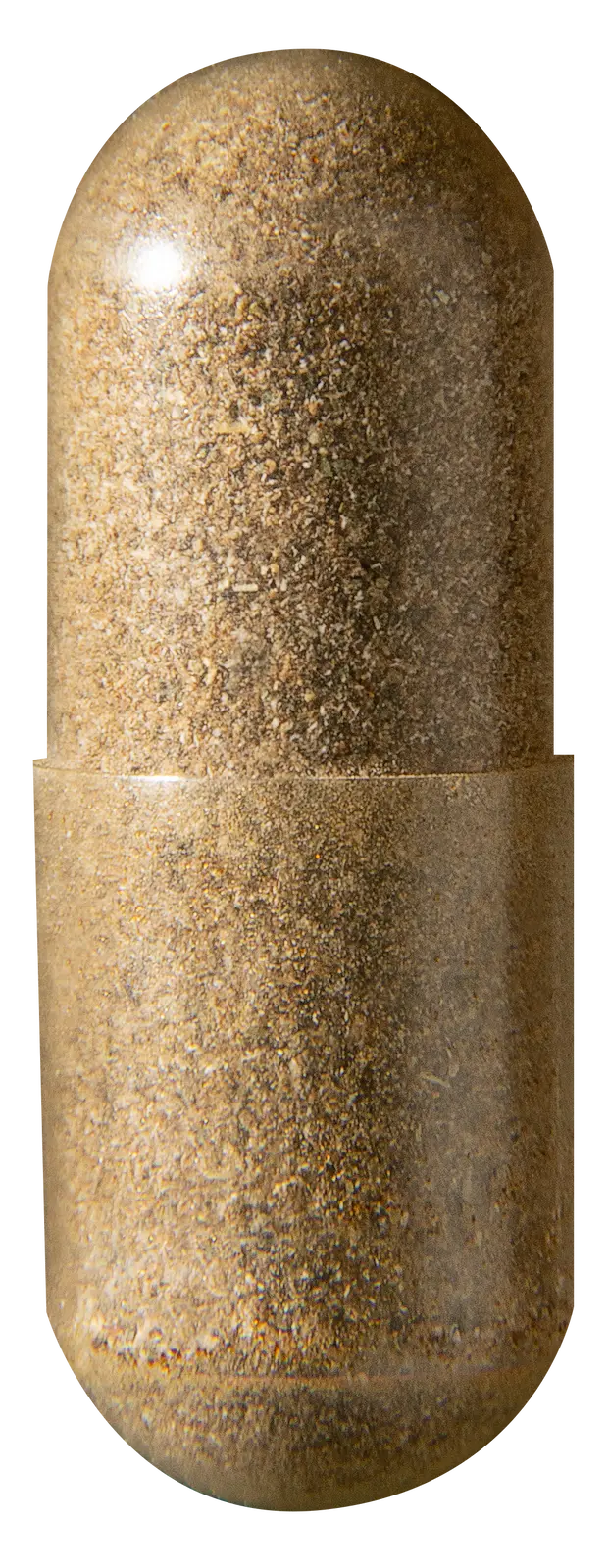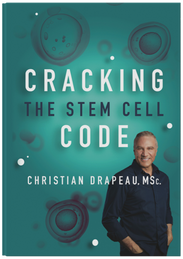Introduction
The kidneys are one of the most important organ systems. Without them, almost every other organ is negatively affected. Most people know that our kidney’s main job is to filter fluid, sending out waste in the form of urine. However, the kidneys perform several other important roles too. The kidneys finely balance the levels of salts, minerals and water in our body; vitamin and mineral levels that contribute to bone health; regulate blood pressure and aid in the production of red blood cells.
For such important organs,the kidneys have a limited capacity to regenerate, which makes them (and us) vulnerable to injury, disease and toxins. Chronic kidney disease is estimated to affect up to 15% of the global population. Advanced-stage kidney failure requiring renal replacement therapy affects an estimated 7 million people worldwide. Currently, long-term dialysis or transplant is the only available option for this but these are burdensome treatments and not suitable for all.
So what else is out there? An emerging and exciting option is the repair of the damaged kidney using stem cells and organ regeneration techniques. Sounds too good to be true? Let’s find out how stem cells and kidney disease are related
Kidney disease is associated with reduced numbers of circulating stem cells
Stem cells are key to many of the body’s processes and the kidneys are no exception to this. Research has found that patients with increasing degrees of kidney disease have lower levels of stem cells in their circulation. Several studies have shown that a reduction in endothelial progenitor cells is directly associated with worsening kidney function and associated cardiovascular disease.
What this tells us is that not only do stem cells help to restore and repair the kidneys but their absence is directly linked to the severity of kidney disease. This suggests that boosting the levels of stem cells could slow or even reverse this process.
Organ regeneration using stem cells
Scientists believe that using techniques involving stem cells, such as endogenous stem cell mobilisation (ESCM) and reprogramming existing cells could be viable ways to slow or correct the course of chronic kidney disease. Scientists believe that programming stem cells to become renal progenitor cells – specialised stem cells that can transform into all tissue types in the kidney – could hold the key to treating kidney disease in the future.

Research into different lines of stem cells extracted from blood, skin, embryos, bone and even gums has shown the potential to regenerate kidney tissue. It is thought that these could be used to repair the structures of the kidney such as blood vessels and even nephrons, which act as the kidney’s highly specialized filtration unit.
Let’s look at some studies examining how stem cells could help with kidney disease.
Stem cell transplants for Kidney Repair
In a study of kidney repair, researchers found that stem cells migrate to the kidney and contribute to normal cell turnover and repair after injury. This promising work indicated the potential for the therapeutic manipulation of this pathway.
In a series of elegantly designed experiments, researchers confirmed the presence of donor stem cells in the kidneys of mice that had received a stem cell transplant. In a further part of the study, endogenous stem cells were found in the kidneys of human recipients of kidney transplants, suggesting that endogenous stem cells migrated to the kidney to help with maintenance and regeneration.
The importance of stem cells in the regeneration of the kidney was confirmed in a later study. Researchers injected pluripotent stem cells into the kidneys of rats with acute kidney injury and found regenerative, antioxidant and anti-inflammatory effects that were associated with a higher survival rate.

However, stem cell transplants are complicated procedures with substantial risks including transplant rejection, blood disorders and chemotherapy side effects. This means that these treatments are not suitable for kidney disease and are usually reserved for patients with conditions such as leukaemia and lymphoma.
Thankfully, by boosting the levels of our own naturally occurring stem cells using a technique called endogenous stem cell mobilisation, researchers think we could treat kidney disease and there is a growing body of evidence to confirm this.
Natural stem cell mobilizers.
Naturally occurring supplements and plant-based stem cell mobilizers have been documented to support kidney repair. Stemregen contains extracts from several plants which have been proven to increase the mobilization of endogenous stem cells.
Sea Buckthorn Berry
This fruit of a thorny plant has been utilised in Tibetan, Chinese, and Mongolian medicine for millennia. It has been shown to improve cardiovascular health as well as diabetes. Consumption of a sea buckthorn berry plant extract is connected to an increase in stem cells involved with regeneration and restoration, according to a study of healthy adult volunteers. This included increased mobilisation of progenitor stem cells, endothelial stem cells, and lymphocytoid mesenchymal stem cells.
AFA
AFA is a powdered extract from freshwater blue-green algae. AFA binds to L-Selectin, a protein involved in the mobilisation of bone marrow stem cells. In one clinical study, AFA was shown to engage with cell signalling molecules known as chemokines, resulting in a threefold increase in circulating stem cells. Interestingly, AFA led to a peak in stem cell concentrations within 1 hour, far quicker than G-CSF. These findings suggest that naturally occurring AFA could be used to treat degenerative diseases such as kidney disease.
Aloe macroclada
Aloes have been used for thousands of years as a plant-based medicine. A species of aloe that is native to Madagascar, it is known as Vahona to Malagasy traditional healers . A preparation of A. macroclada was shown to cause a rapid, transitory rise in the circulation of chosen stem cell lines by up to 53% in one study. It is hypothesised that this increase in stem cells can lead to the repair and regeneration of insulin-producing cells in the pancreas and that these effects could also be beneficial for other organ systems, including the kidneys.
Conclusion
Stem cells are the body’s restoration and repair system. By migrating into the kidneys, stem cells may aid in kidney repair and help restore renal function. Kidney failure has been linked to a reduction in the number of circulating stem cells. ESCM may help improve or reverse renal failure by boosting the number of circulating stem cells as well as offering an anti-inflammatory and antioxidant effect. New natural stem cell mobilizers have been identified that can be used for extended periods and may help alleviate kidney dysfunction.





